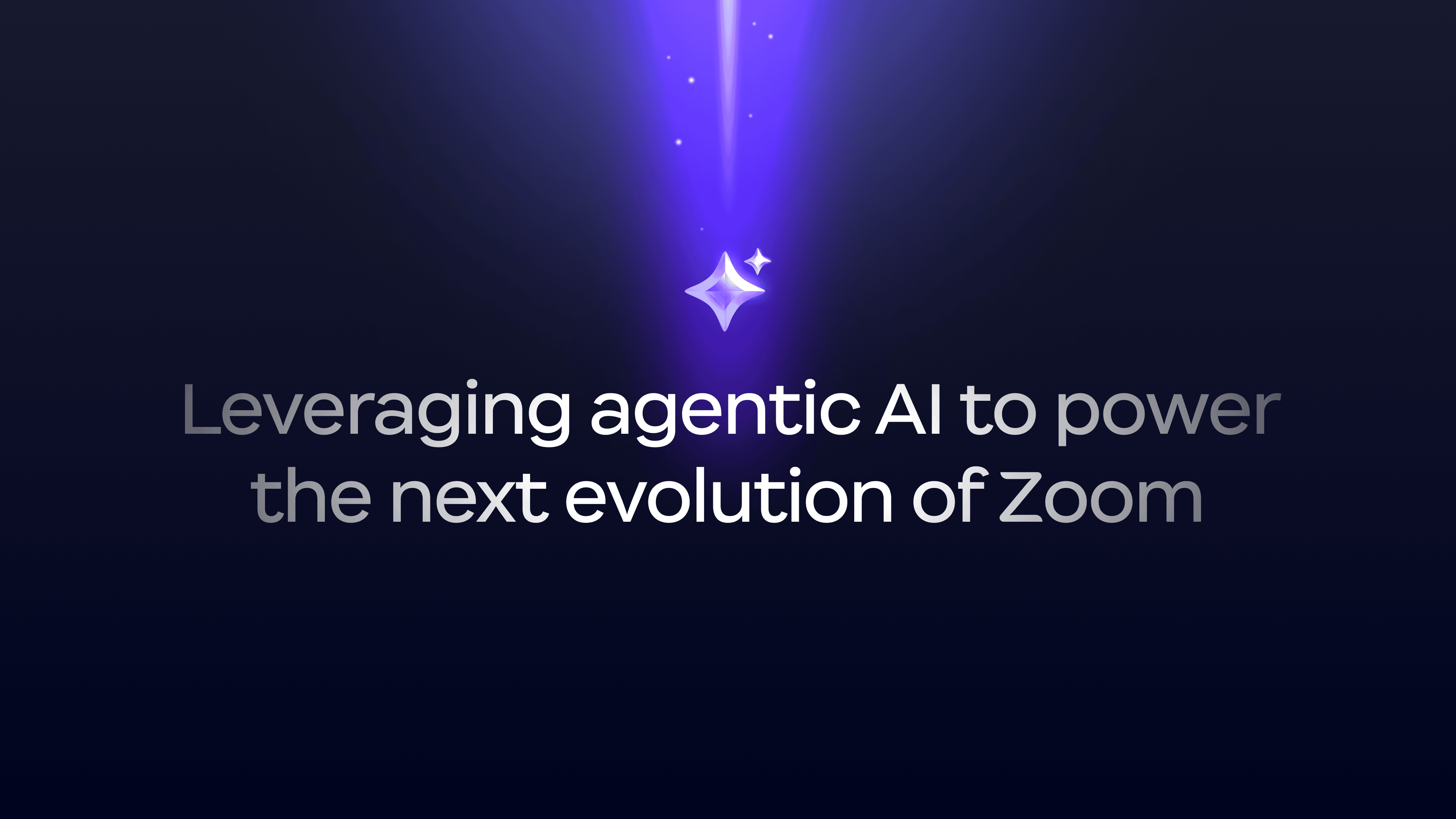 AI
AI
 AI
AI
 AI
AI
Last week all eyes were on Nvidia Corp.’s GTC, also known as the artificial intelligence show. But there was another event going on across the country as Enterprise Connect, the communications industry’s largest event was going on in Orlando, Florida.
AI was the theme at EC as the technology is changing the way we interact with each other and with customers and that’s where Zoom Communications Inc. unloaded a salvo of 45 agentic AI skills and agent enhancements for its Zoom AI Companion.
Zoom’s goal is to elevate its AI Companion offering across the Zoom platform by leveraging AI agentic skills, agents and models to deliver high-quality results, help users improve productivity, and strengthen relationships. Zoom AI Companion helps users get more done by executing routing and sometimes complex tasks. Customers can also use AI Companion’s task action and orchestration to execute and complete end to end processes.
Generative AI gave rise to a wave of “co-pilots” that would assist workers with their jobs. Agentic AI creates “co-workers” that can complete entire tasks on behalf of a person. Long-term, workers will manage a series of agentic AI “workers” that can pass tasks to each other until completion. A good example is a mortgage process, which is filled with discrete but routine tasks. This would be ideal for a series of agentic AI agents, assuming there is interoperability between them.
Summarizing the announcements:
Since the pandemic, work has become very transactional, and Zoom’s goal is to try and restore many of the human connections we had in the office. I’ve talked with Zoom executives about this, and the company believes AI is key to creating more human connections. I’ve described this as using AI to create digital proximity, even when we are all physically distant.
A good way to think about the role of AI is to consider how many executives have an assistant with a book of information on people they have met. Prior to the meeting, the executive will get an update of last discussion, key talking points and so on. Not all of us have the benefit of having a personal assistant but we can all have an agentic AI agent enabling use to bring more humanity to an increasingly digital world.
The company said AI Companion will augment specialized agents that power Zoom Business Services, including:
The last bullet I find most intriguing as the return on investment should be relatively easy to measure. Early in my career, then Cisco Systems Inc. Chief Executive John Chambers talked about how to drive adoption of new technology, and he mentioned you need to “follow the money.” He explained how companies spend massive amounts of money on improving sales.
If a new technology can have even a small impact on sales, it will become a no-brainer. Zoom Revenue Accelerator can give the company some quick wins to highlight the value of agentic AI.
Organizations will be able to use the Custom AI Companion add-on (expected in April) to:
As part of its federated approach to AI, the Custom AI Companion add-on will incorporate small language models alongside Zoom’s third-party LLMs. Zoom has trained its SLMs with extensive multilingual data optimized for specific tasks to perform complex actions, should help it facilitate multi-agent collaboration.
Zoom Docs enables workers to create high-quality content more efficiently and will have enhanced AI Companion capabilities with advanced references and queries to help users create writing plans based on context, search internal and external information for references, and use that information to create a business document based on user instructions.
Users will also be able to prompt AI Companion to automatically create data tables to enhance the usability and organization of content (expected in July).
Zoom Drive (expected in May), a central repository for Zoom Docs and other meeting and productivity assets, will “make it easier to find and access assets across Zoom Workplace.
Zoom is best known as a video meetings company, which stems from the success it had selling its core product when the entire world was working from home. We are now five years removed from the pandemic and Zoom has many “COVID contracts” that are up for renewal. The challenge for Zoom is that video meetings have become a standard feature across all communications platforms with Teams having the lions share despite an inferior product. Microsoft’s ability to bundle Teams with Office has led to massive adoption.
Zoom has one thing that Microsoft and the rest of the communications field does not and that’s high end-user pull through because people that use Zoom tend to love it. Typically, information technology pros make the decision for software, like Zoom, but I’ve talked to many IT decision makers that have brought Zoom in because of the demand from employees.
It must now leverage this “user love” to sell the Zoom platform, which is built on a single data set. Zoom’s AI capabilities can create unique experiences as it can pull together insights from employee and customer communications across calling, e-mail, chat, contact center, docs and more.
Zeus Kerravala is a principal analyst at ZK Research, a division of Kerravala Consulting. He wrote this article for SiliconANGLE.
THANK YOU